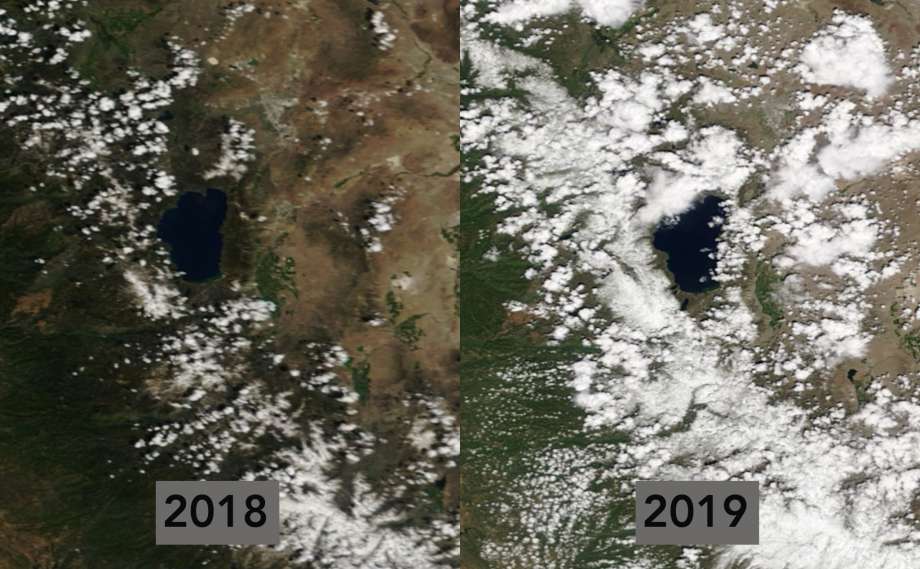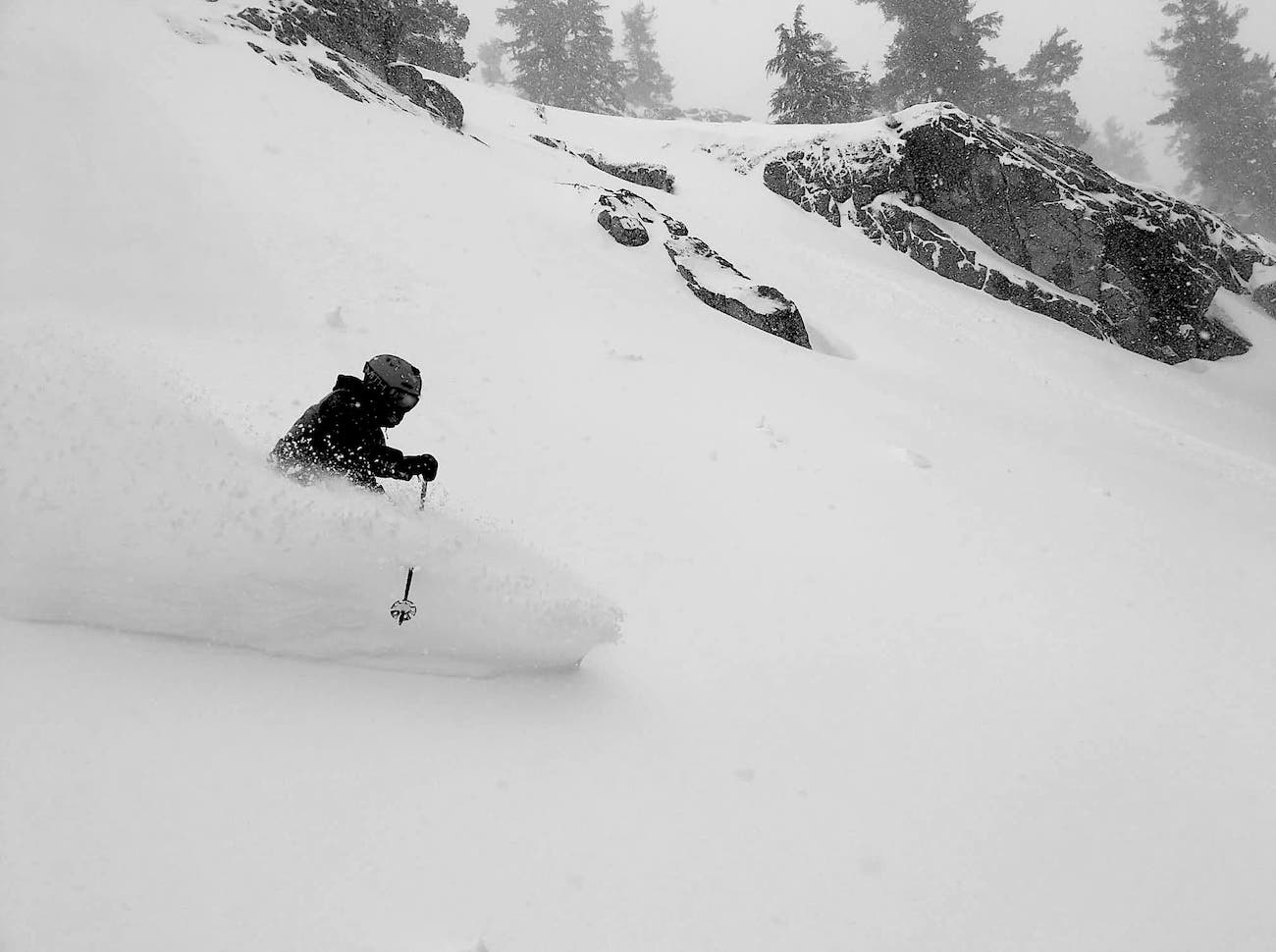
The snowpack covering the mountain range straddling California and Nevada is even bigger than the 2017 snowpack that pulled the state out of a five-year drought and is 33 times bigger than this time last year, reports SFGate.
As of May 30, the snowpack measured 202 percent of average, according to the California Department of Water Resources which compiles data from about 100 stations across the range. At this time last year, it measured 6 percent of average, making this year’s 33 times bigger than last year. In 2017, the snowpack measured 190 percent of average.
State officials consider the most important snowpack measurement to be the one taken around April 1 because that’s when the sun is at its highest point, temperatures warm, and storm activity subsides.
“That’s basically the measurement we look at because that’s when the snowpack usually peaks,” said Idamis Del Valle, a forecaster with the National Weather Service. “And then after that, the sun’s highest position in the sky contributes to rapid melting. This year, that didn’t happen and we had late season snow.”
This year’s April 1 reading put the snowpack at 176 percent of average, making it the fifth-largest on that date, with records going back to 1950.

The Sierra snowpack is one of California’s most important water sources, with its spring and summer runoff feeding rivers and reservoirs, watering crops, filling bathtubs and water glasses. Mountain snowpack provides about 30 percent of the yearly fresh water supply for California.
But while this has benefits, it also presents serious dangers. California officials are preparing for flooding, especially in the more flood-prone and narrow San Joaquin watershed, where rivers such as the Merced that runs through Yosemite swelled in 2017.
“That’s where we’re mostly concerned about, but there’s always concern everywhere,” says Orrock. “If you get abnormal warm rain and with these reservoirs being so full, we have to be ready for everything. Each reservoir has its manual and if they have so much water coming in, they have to let so much water out.”